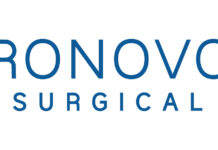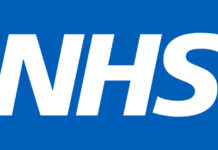Over half of primary care clinicians say their practice is overwhelmed by constantly changing medical billing rules and some are having to alter processes to accommodate new patient needs.
Medical billing is a major challenge for primary care practices already struggling to stay afloat during the COVID-19 pandemic, according to a new survey of nearly 1,500 primary care clinicians.
The survey conducted by the Primary Care Collaborative, the Larry A. Green Center, and 3rd Generation found that 52 percent of responding primary care clinicians said their practice is often overwhelmed with constantly changing information, including protocols and billing codes.
Patient questions are also becoming overwhelming for clinicians. About 43 percent of respondents said high volumes of patient questions are creating administrative hurdles and operational challenges during the pandemic.
In response, many primary care practices are making changes to their medical billing processes in order to accommodate new patient needs, such financial assistance with bills.
A fifth of clinicians said their practices have waived copays and reduced fees to accommodate loss of employment and/or health insurance among their patients. About an equal proportion of practices are also getting more involved with assisting with food insecurity and housing insecurity, as clinicians see increasing levels of unemployment, as well as food and housing insecurity.
The changes align with evolving patient needs during pandemic, which clinicians are noticing. For example, 64 percent said their patients have higher levels of unemployment and a third have observed higher levels of food and housing insecurity.
Primary care practices are also accommodating increased demand for telehealth services. The survey found that telehealth use continues to be prevalent, with almost 70 percent of surveyed clinicians saying they used telehealth over the last four weeks for patients with stable chronic conditions and 64 percent are using it for mental or behavioral health counseling.
Clinicians are also still engaging with audio-only services, with about 37 percent of survey respondents saying they used phone-based care for at least 20 percent of their patients.
While these accommodations are helping to keep patients healthy during the pandemic, they are creating operational and financial challenges for practices trying to stay afloat during the difficult time.
About a quarter of clinicians responding to the survey reported that their practice’s fee-for-service volume is still over 30 percent lower than pre-pandemic levels.
Additionally, the financial fallout from the loss of in-person visits has led some practices to close (2 percent) or merge with larger systems (5 percent). Additionally, 44 percent of clinicians said they have reduced or skipped their salaries altogether.
For now, telehealth reimbursement continues to be on par with in-person care rates – only 16 percent of clinicians said that video visits were not covered at parity with in-person care. Although, another 28 percent said they were “unsure” and nearly half said phone visits were not covered at parity with in-person care.
But ensuring payment parity for both video and phone visits at least until a vaccine is available is critical to the financial sustainability of primary care practices, researchers stated. They also urged payers to waive all copays and deductibles for primary care and for immediate investment in the primary care workforce.
“Keeping primary care robust and able to respond to myriad patient needs – medical and beyond – is going to take payers committed to continuing telehealth parity, reducing financial barriers patients face in getting primary care, and providing additional support,” said Ann Greiner, president and CEO of the PCC. “Further strengthening primary care is good medicine for patients and the health system overall.”















